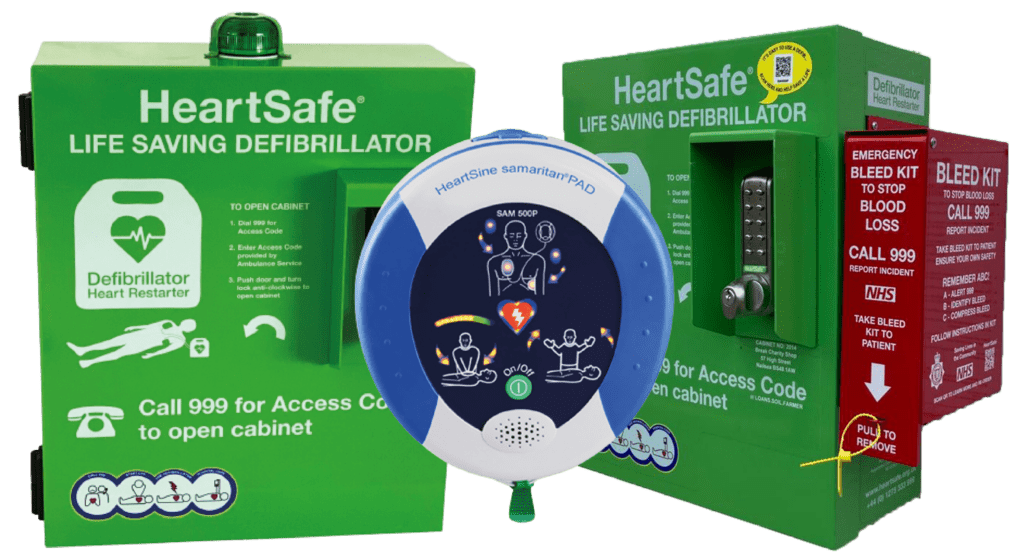Defibrillator Guide: Prioritising AED Use When Alone

Life-Saving Decisions
Responding to a sudden cardiac arrest scenario can be incredibly challenging, especially when you’re the only one available to help. Knowing how to prioritise actions is crucial. One of the most critical decisions you might face is whether to continue providing CPR or to stop and find an Automated External Defibrillator (AED). This guide aims to provide clear advice on making this decision.
Making the Decision
1. Assess the Situation
First, assess your surroundings. If you’re in a public place, there’s a good chance an AED might be nearby, indicated by signage. In homes with known heart risk individuals, families are increasingly keeping an AED on hand.
2. Start CPR
Begin by providing immediate CPR. This helps maintain vital blood flow to the brain and other organs. Push hard and fast in the center of the chest, aiming for 100 to 120 compressions per minute.
3. Look for an AED
If you’re in a location where you know an AED is close by (within a few seconds away), it may be worth quickly retrieving it. The ideal scenario is if you can shout for help or there are others nearby who can bring the AED to you while you continue CPR.
4. When to Stop CPR and Fetch an AED
However, if you’re entirely alone and no help is available, the decision becomes more complex. Current guidelines suggest that if an AED is not immediately accessible (i.e., within a room or two away), you should continue CPR until emergency services arrive. This is because the benefits of continuous chest compressions in maintaining circulation can outweigh the time lost in fetching an AED from a distant location.
Once you have an AED:
- Turn on the AED and follow its verbal instructions.
- Quickly expose the person’s chest and attach the AED pads as shown in the diagrams on the pads.
- Stand clear and allow the AED to analyze the heart’s rhythm. Follow the AED’s prompts if a shock is advised.
- Continue CPR after the shock until emergency medical services take over or the person shows signs of life.
When you’re the only one able to respond to a cardiac arrest, the decision to continue CPR or retrieve an AED is critical. If an AED is immediately accessible, use it at the earliest opportunity. If not, and you’re alone, prioritise continuing CPR until help arrives. Training and preparation are key, so consider taking a CPR and AED course to feel more confident in your ability to make these decisions in a real-life scenario. Remember, your actions can save a life.
